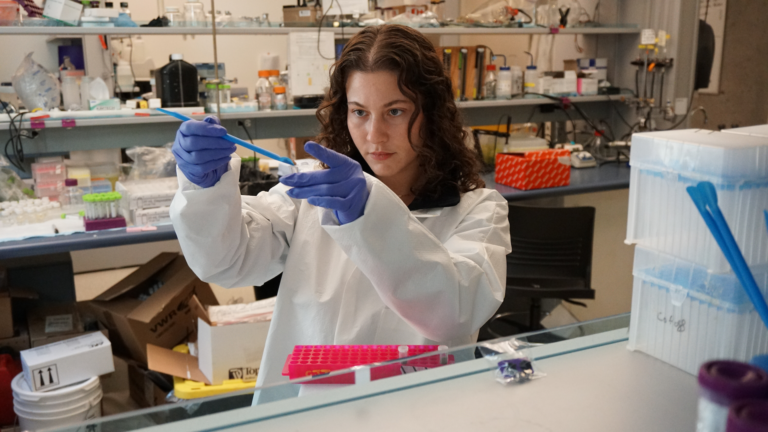Why your plans to age in place need to start now
Dr. Karen Humphreys, clinical instructor from UBC’s faculty of medicine and internal medicine specialist, pulls together advice on fitness, functionality and financial health for the wave of Canadian baby boomers who may soon find themselves in a social safety net that is fraying under their weight.

Aging in place means staying in your home for as long as you are able.
Most people aspire to it, but few people know how to position themselves for it—or that they need to start this decades in advance.
Dr. Karen Humphreys aims to change that with her new book, The Mission of Maya and Methuselah. The clinical instructor from UBC’s faculty of medicine and internal medicine specialist pulls together advice on fitness, functionality and financial health for the wave of Canadian baby boomers who may soon find themselves in a social safety net that is fraying under their weight.
Who did you write this book for?

The book is geared for adults 40-plus who are either dealing with aging parents or aging grandparents. It’s a guide for families to help individuals in those age brackets take steps to remain in their own home for as long as they can.
Everyone wants to age in place, but the reality is if you’re not functionally fit—mentally and physically—that isn’t an option. This is much like preventative medicine for heart disease, in that we need to start early in our 40s and 50s to change that trajectory. By the time people get to the medical ward and they’re already frail, it’s too late.
What does the book’s title mean?
Maya is a persona I named after the poet Maya Angelou. There are scenarios in the book where Maya is in her 50s, with a mother in her 70s. For every decade of life—50s, 60s, 70s, 80s, 90s—there’s a clinical scenario, and then there’s nutrition and lifestyle advice.
Methuselah is another persona, based on an acquaintance of mine who was 93 and danced with people who were 20 years younger on a weekly basis. He was just an exceptional nonagenarian, until he got sick—basically, he was until he wasn’t. So those are the bookend cases of the personas in the book.
It isn’t all about health advice. Why do you also cover financial advice?
As you get to the point where you might require assisted living, long-term care or even private home care, there is a substantial financial cost. People need to be aware of that and prepare for it. A lot of people think the Canada Health Act is going to provide care for us when we get old, but it doesn’t pay for any of this. It’s up to the individual or the family.
What other aspects of preparing for old age do people often neglect?
I think being physically and mentally strong. Only a limited number of Canadians get the World Health Organization’s recommended 150 minutes of moderate-intensity physical activity per week. And 150 minutes is a minimum—the range is 150 to 300.
I grew up in a society that was like, “Cardio, cardio, cardio! Everyone needs to do cardio to keep your heart strong!” But as we age, resistance training and balance exercise become more important for maintaining your functional fitness. In order to survive at home, you really do need to be physically quite strong.
How do the changing demographics of Canadian society affect all of this?
We’re in an interesting timeline. We’ve got the glut of the baby boomers no longer working, and they’ll require care between 10 and 20 years from now. It’s estimated that by 2030, we’re probably going to need 455,000 care home beds and right now there are just under 200,000. So, we’re going to have boomers who require care and we don’t have the infrastructure. But if we build another 200,000 beds in the next five years, those are probably only going to be used for 10 to 15 years and then we’re going to have an overabundance of them. So there has to be a strategy where we use those spots for not just the elderly in the short term, but also university students in the longer term.
Interview language(s): English



